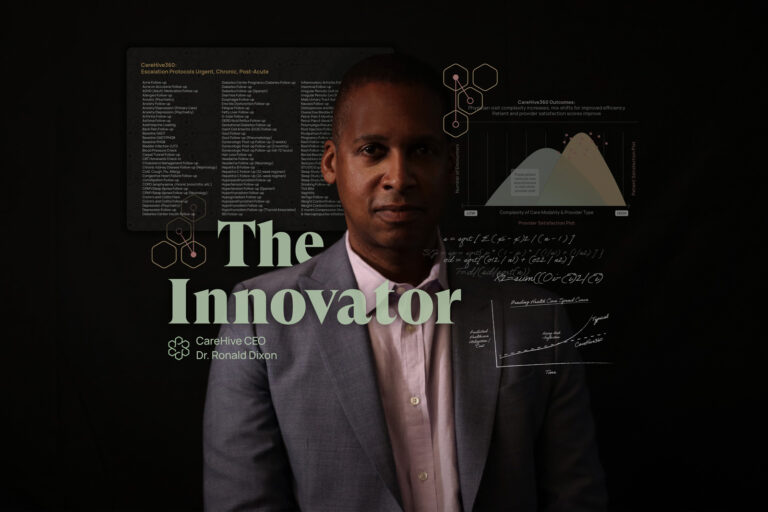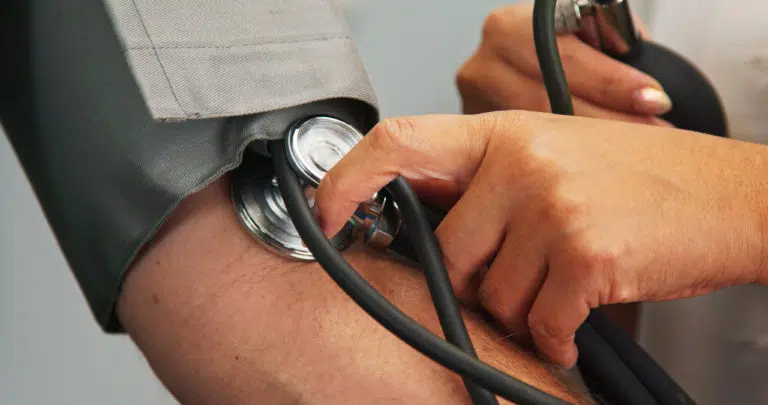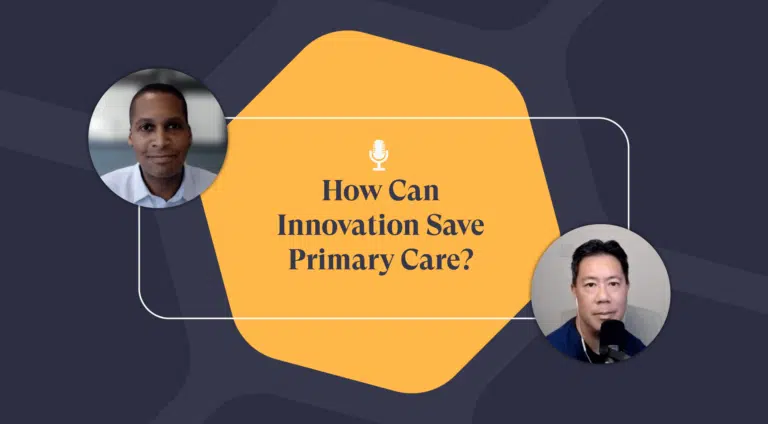Is Price Transparency Working?
By Ronald F. Dixon, MD
Demand for price transparency in healthcare has been growing in recent years. Hospitals are now required to make pricing available in a consumer-friendly format. And while “consumer-friendly” may be in the eye of the beholder, many hospitals have followed the letter of the law.
The real question: How useful is all this “transparency”
It makes sense that consumers have a right to know what their healthcare will cost when choosing it. After all, whether it’s a gallon of milk or a car, knowing—and considering—the price and alternatives helps us all to make smart, empowered decisions. Is organic worth it? Add leather seats? Is the Honda or the Ford the better value over the long haul?
Yet the stakes can’t be higher—never mind the price tag—when it comes to our health. Simply having access to a price list doesn’t necessarily mean a patient has the information or confidence to choose well. Major gaps still exist.
Planning for healthcare expenses isn’t like making a shopping list
We’ve all heard stories of surprise healthcare bills. Sometimes they’re dubious at best, like this story of a patient who verified that both the hospital and surgeon were in-network and would be covered by insurance, only to receive a bill for $26,000 because the anesthesiologist—who they were unable to choose—was outside of their network.
Other times higher-than-expected charges are simply a representation of additional care that was needed: a vaginal delivery that turned into a c-section, a routine colonoscopy revealed polyps that needed to be removed.
Cognitive biases can make shopping for care a minefield
Even when health services are planned and price data is available, the best choice often isn’t clear to patients. Nobody wants to overpay for healthcare. But cut-rate care doesn’t feel like such a great proposition either.
In his book Influence, The Psychology of Persuasion, psychologist Robert Cialdini tells the story of a jeweler in a popular tourist destination who, in trying to mark down some turquoise pieces that weren’t selling, inadvertently doubled the price. Surprise—with the newly-inflated price, the jewelry flew off the shelves.
Why? According to Cialdini, the tourists likely didn’t have a clue what the turquoise should cost. Instead, they relied on a classic mental shortcut: expensive equals good. When in doubt, it often feels safer to pay more, not less. It’s tempting to use the same logic when choosing healthcare.
Quality comes first
Whether it’s jewelry or an MRI, we expect to get what we pay for. But it’s not always that simple. The same or equivalent piece of jewelry may cost more from a store with a prestigious name or address. And depending on the customer (or occasion), it may be worth the splurge for a fancy box.
In terms of healthcare, patients don’t always know what amounts to a “fancy box” and what reflects the actual quality of what’s inside. They need a trusted expert to guide them.
Decision paralysis is real
Making decisions is hard. Doing it without a full understanding of the choices, or in moments of stress, can feel impossible. Therefore many patients fall back on what psychologists call authority bias. Put more simply, “doctor knows best.”
Often it’s true—we learn a thing or two in medical school, after all. Never mind in the course of practice. And many times the best treatment is clear and necessary. In that case, following the clinician’s orders is both the easy path and the right one.
Other times, we give advice without even meaning to. Suggesting the default lab in your clinic’s EMR might be helpful for a patient who doesn’t know where to go. But what if it turns out that lab costs 6 times as much as a different one?
Patients need more than a price list
Price transparency is important. But it’s not the destination. Patients need access to easy-to-use tools that cut through the bias to show them how they can get the best care for the best price with the insurance coverage they have.
CareHive’s solution does just that. Our process starts with machine learning to identify patients who can benefit from high-value, accessible care options. Then we engage and activate those patients through micro-personalized multi-channel outreach. Finally, we make cost-conscious decisions easy with human navigators ready to step in for support.
With CareHive, patients are empowered to choose care that maximizes the quality and value they deserve for their money. Less waste, better care, and healthier outcomes. Isn’t that what we all want from our healthcare system?






